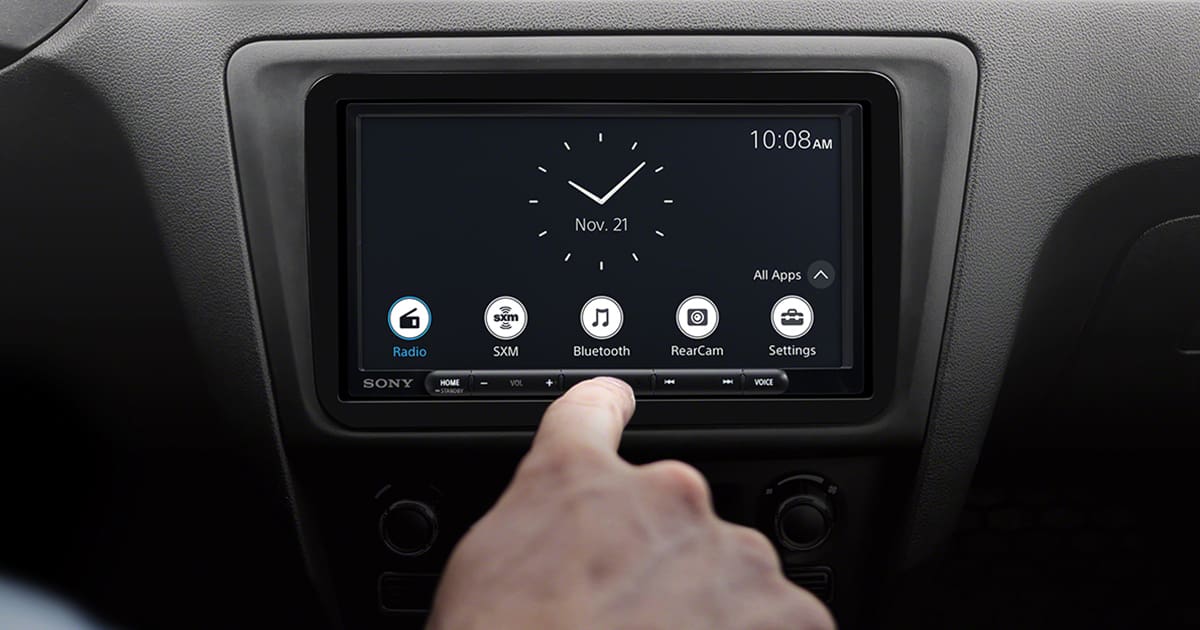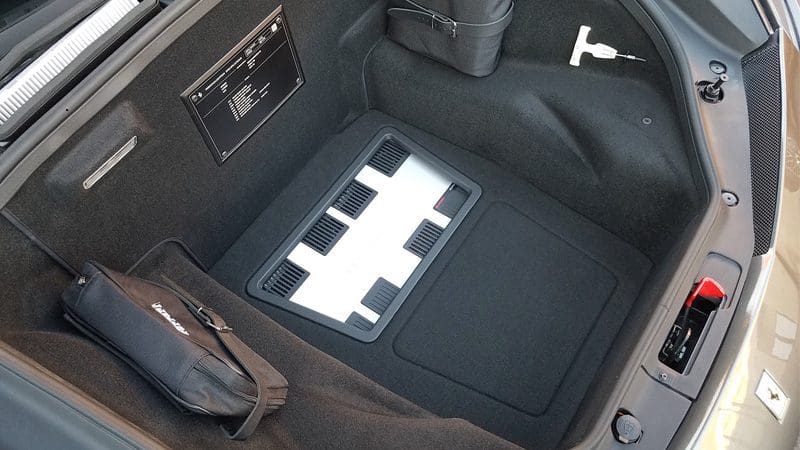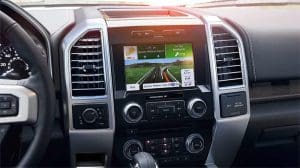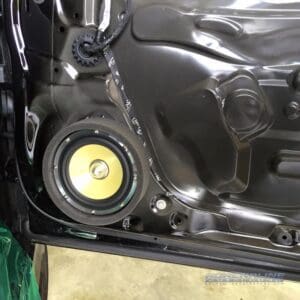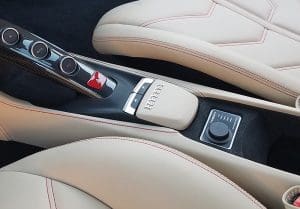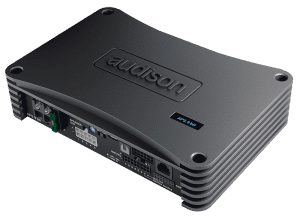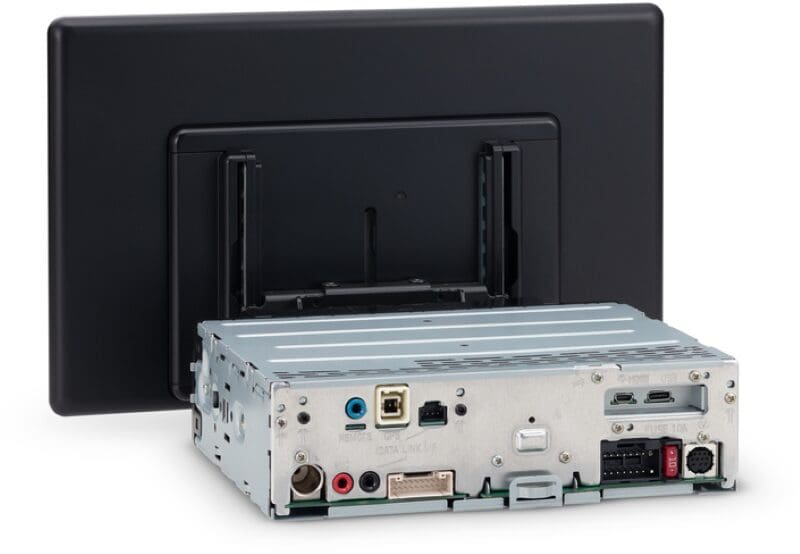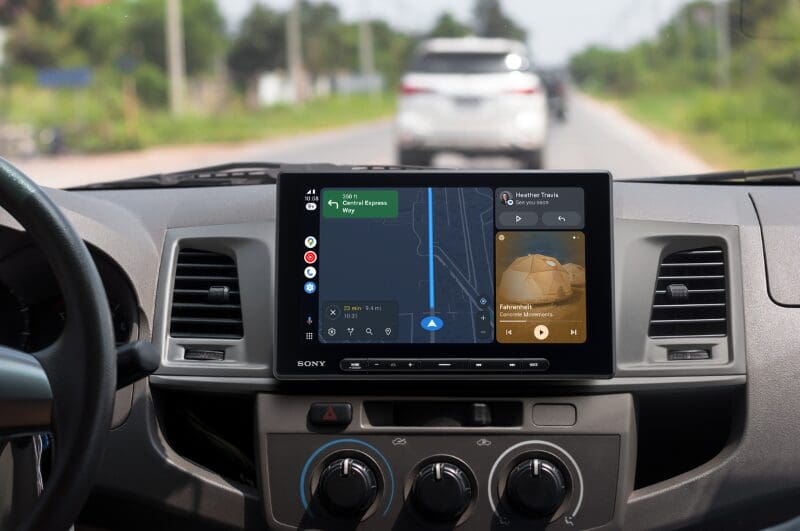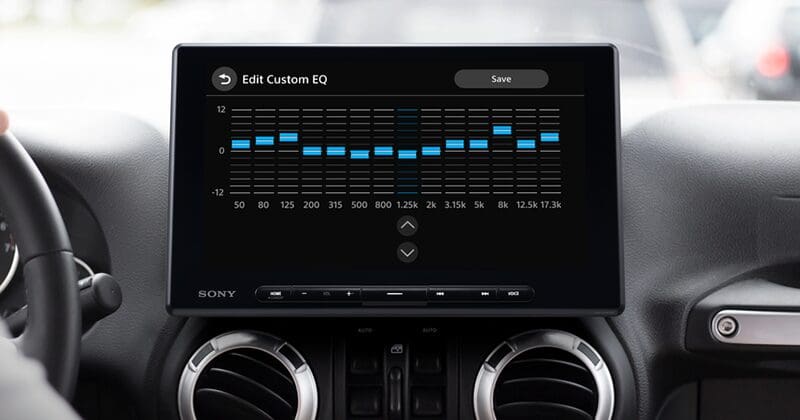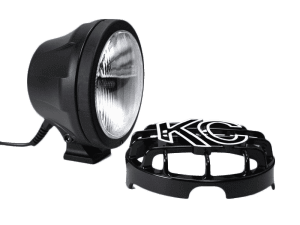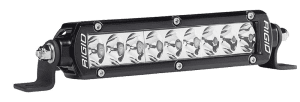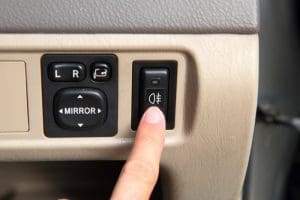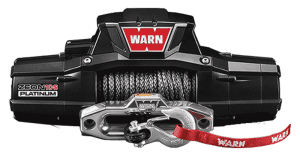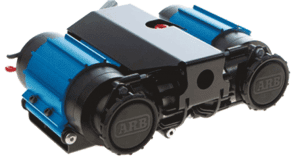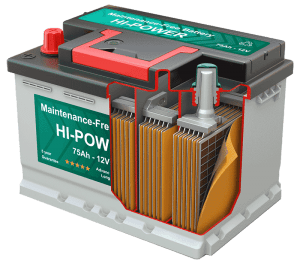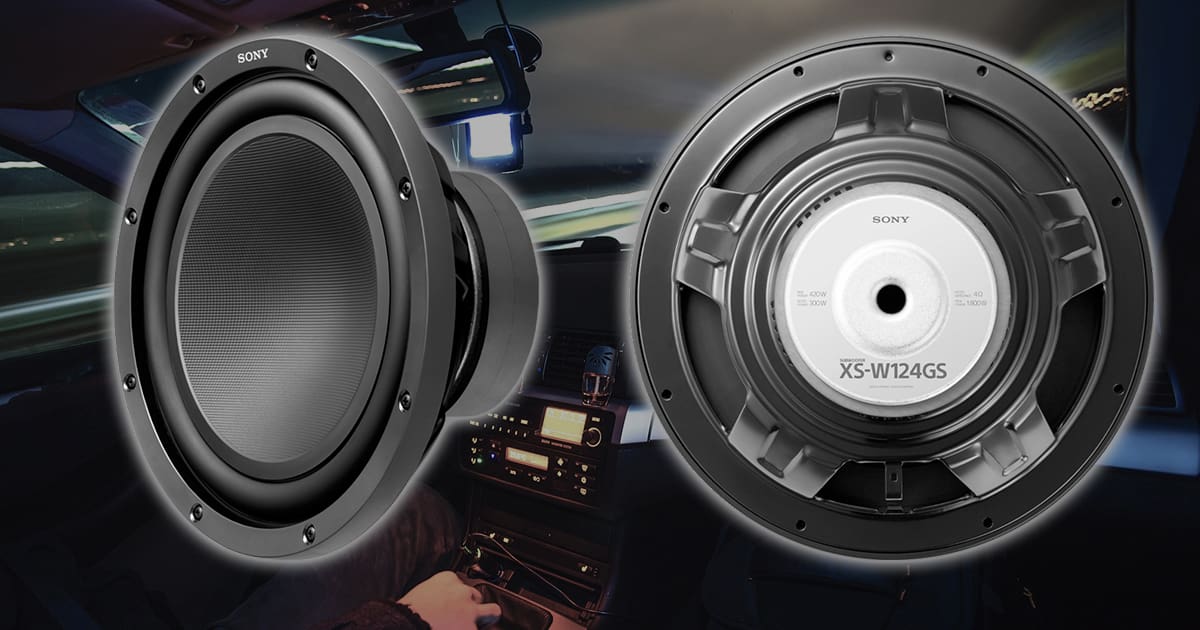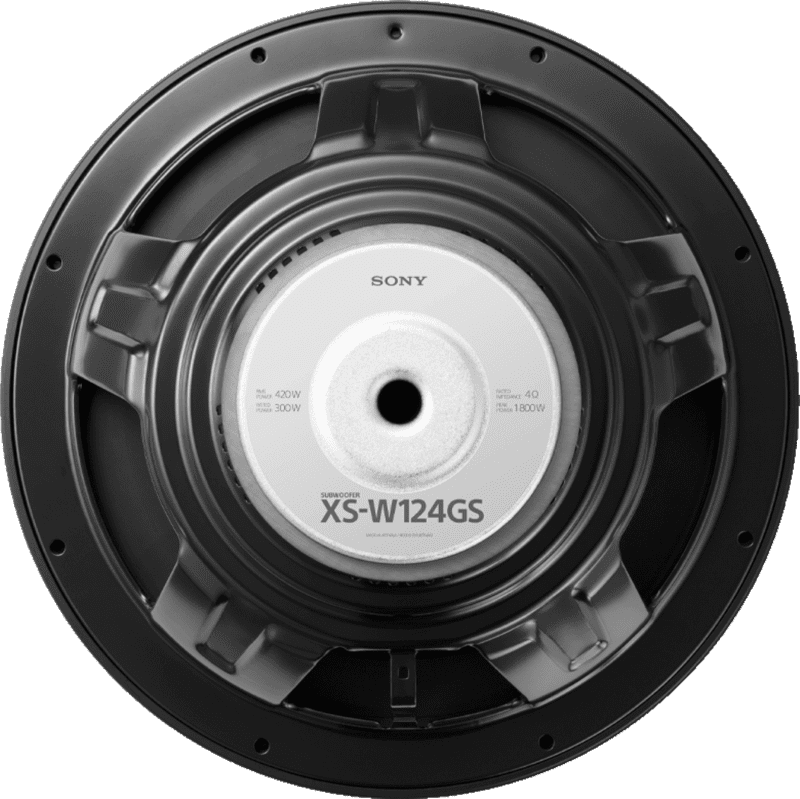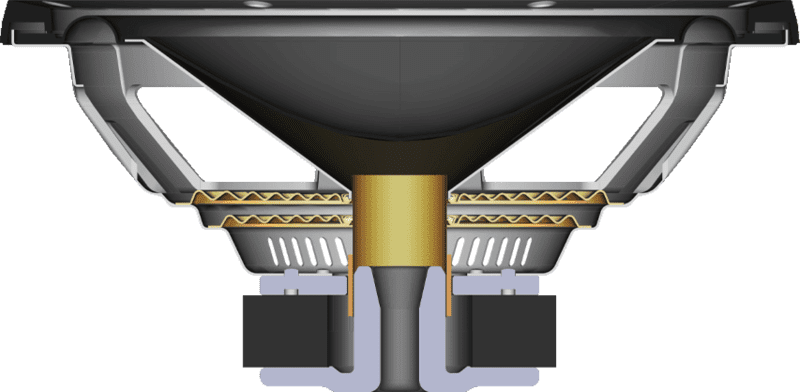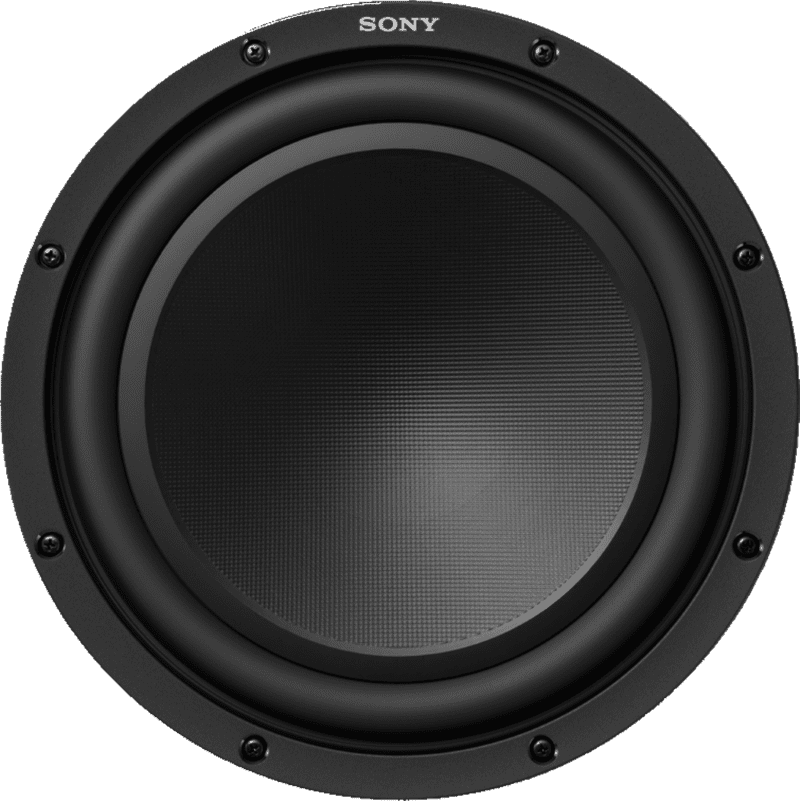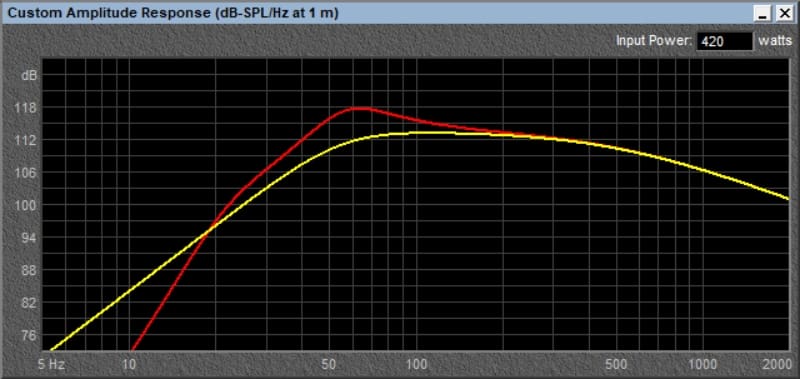Car audio source unit manufacturers are constantly developing new products to fill the gaps between entry-level and flagship models. Sony recently released a new 2-DIN digital multimedia receiver called the XAV-AX3700, which slides into the mix just below the XAV-AX4000. This new radio features a 6.95-inch touchscreen display, Apple CarPlay connectivity and iDatalink Maestro vehicle integration. Read on to learn about what else it offers.
Sony XAV-AX3700 Source Features
The XAV-AX3700 starts with extensive support for digital media files stored on a USB flash drive. The radio can decode MP3, WMA, WAV, AAC, FLAC, ALAC, DSF and DSDIFF audio files. It also has Bluetooth, which includes the A2DP and AVRCP profiles, which allow music to stream from a smartphone or digital media player. The radio supports LDAC for impressive wireless sound quality and SBC and AAC for maximum device compatibility.
Of course, the radio has a high-quality AM/FM receiver, which captures RDBS information so you can see album and song title information if the station provides it. The retailer installing the radio can upgrade it with a SiriusXM satellite radio receiver, allowing you to listen to genre-specific music or your choice of entertainment channels nonstop from coast to coast. Sony provides a rich SiriusXM interface, including the channel logo and the album art for the track being played if the station you’re tuned in to provides it.
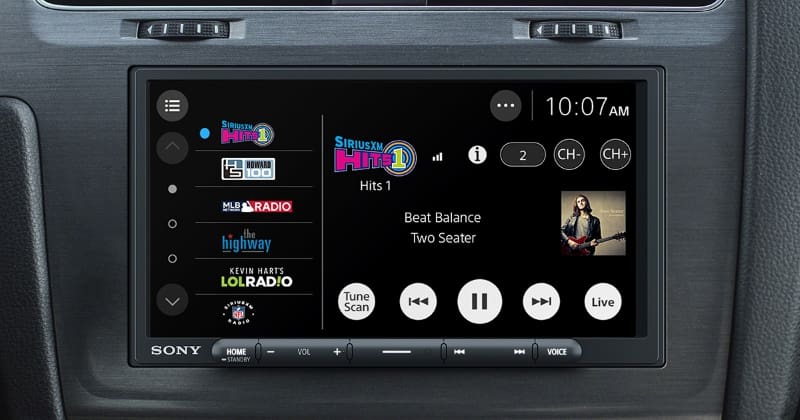
Apple CarPlay Smartphone Connectivity
The XAV-AX3700 includes support for wired Apple CarPlay. Plug your phone cable in, and you’ll have access to all the music on your phone or your favorite streaming services. You can choose whatever you want using intuitive voice commands. Of course, you can make phone calls, send text messages or get detailed turn-by-turn directions to any address or business in North America using your favorite app.
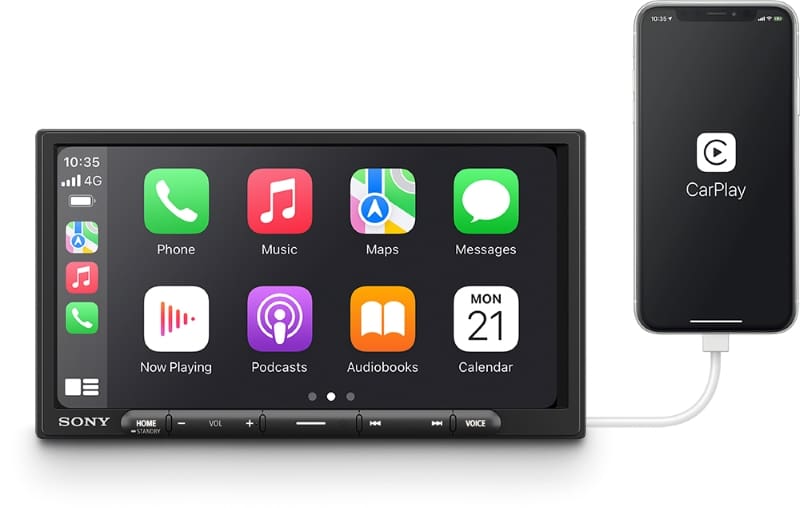
Vehicle Interface Features
As mentioned, the XAV-AX3700 supports the iDatalink Maestro SR, RR and RR2 interfaces. These modules allow communication with the computers in your vehicle to provide access to climate controls, as well as factory-installed infotainment components like microphones, steering wheel controls and a rear-vision camera.
If your application does not have an RR or RR2 module, your installer can integrate steering wheel controls using other modules, like the Maestro SW. Talk to the Product Specialist you are working with for details about your vehicle’s specific make, model and trim level.
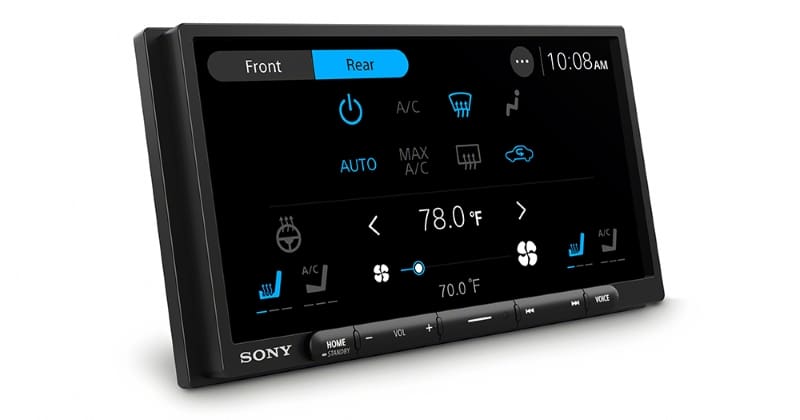
Intuitive Interface Simplifies Operation
Sony is the benchmark when it comes to human-machine interfaces. Not only does the XAV-AX3700 boot incredibly quickly, but the button layout on the screen and the menu functions are super-intuitive. The 6.95-inch touchscreen display is bordered by a row of six buttons along the bottom edge.
The main display menu includes five user-configurable options. You can set your favorite sources or commonly used functions, like the backup camera display, to be readily available. When an iPhone is connected, a dedicated icon for Apple CarPlay appears to the left of the clock.
You can also customize the wallpaper image behind the icons from several included options or upload your own image to personalize the radio. A new customizable clock layout feature gives you an option for either an analog or digital clock in the center of the screen, or a smaller digital clock in the top right corner.
Sony XAV-AX3700 Audio Features
This new Sony radio includes a full suite of audio integration features to maximize the sound system’s performance. A five-channel time alignment screen helps improve staging and imaging. A 14-band graphic equalizer can smooth out peaks and dips in the system frequency response. Built-in electronic crossovers with adjustable slopes maximize the performance of your speakers.
The radio includes a four-channel amplifier rated to produce 20 watts per channel, making driving the factory speakers easy. Thanks to dedicated front, rear and subwoofer preamp outputs, you can easily upgrade the radio with an external amplifier. An integrated subwoofer level control makes fine-tuning your system to suit your music or mood easy.

Single-DIN Chassis Simplifies Installation
A feature that car audio installers will love is the single-DIN chassis behind the 2-DIN display. This 2-inch tall chassis design leaves room for wiring, integration modules and wire harness adapters. Notably, the space is available beneath the radio, where these parts typically rest. The depth of that chassis is shallow as well, allowing use in vehicles with a tight fit behind the radio screen.
Upgrade Your Driving Experience with Sony
Whether you’re looking to add Apple CarPlay or high-quality audio streaming to an older vehicle, or you have to replace a factory-installed radio that’s kicked the bucket with one that requires the use of a Maestro module that retains some factory features or settings, the new Sony XAV-AX3700 is an excellent choice. Drop by a local Sony car audio retailer today and ask for a demonstration. You can find a retailer using their online locator tool. Also, follow Sony on Facebook and Instagram to keep up with the latest new car audio products.
This article is written and produced by the team at www.BestCarAudio.com. Reproduction or use of any kind is prohibited without the express written permission of 1sixty8 media.
